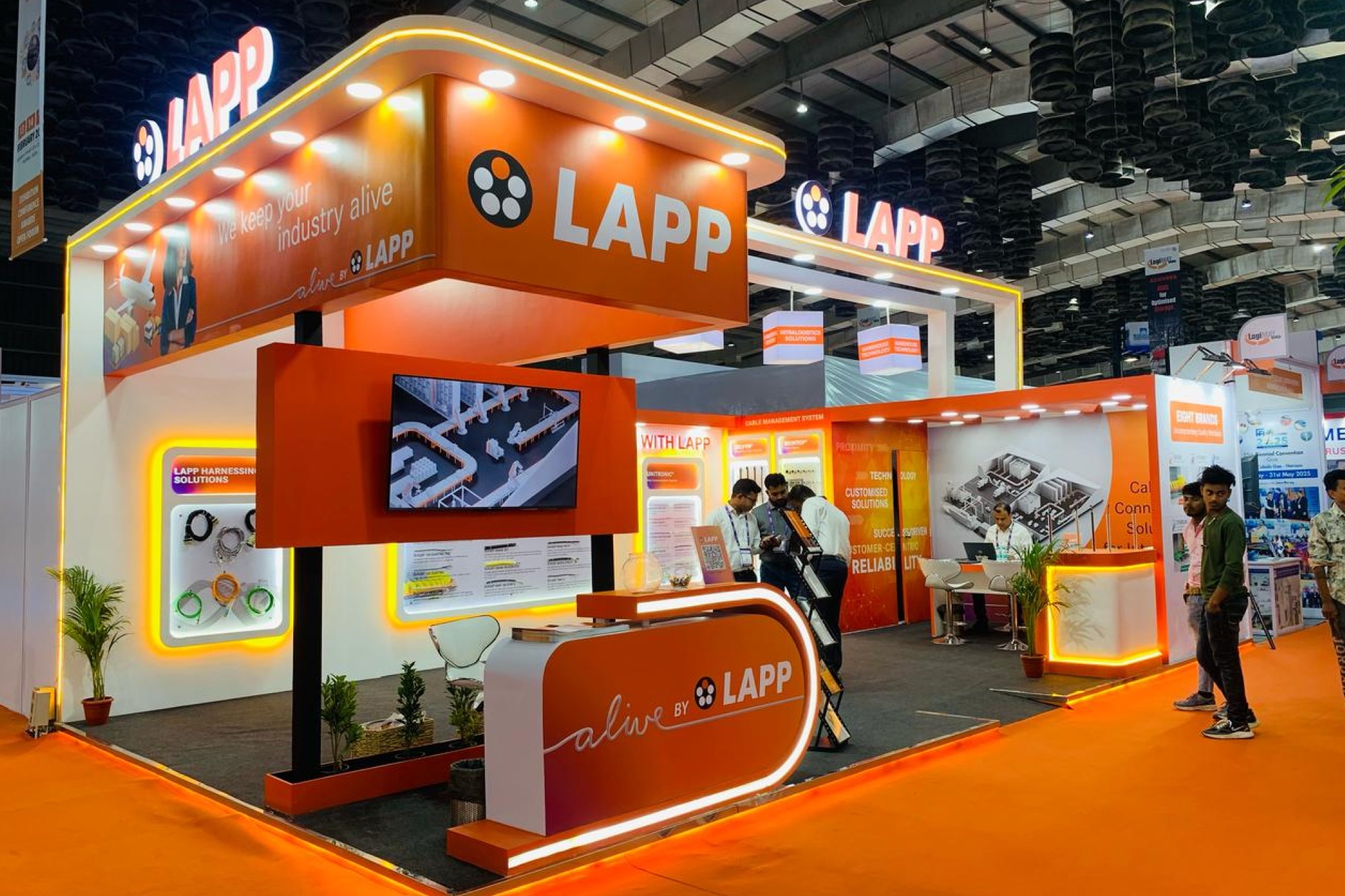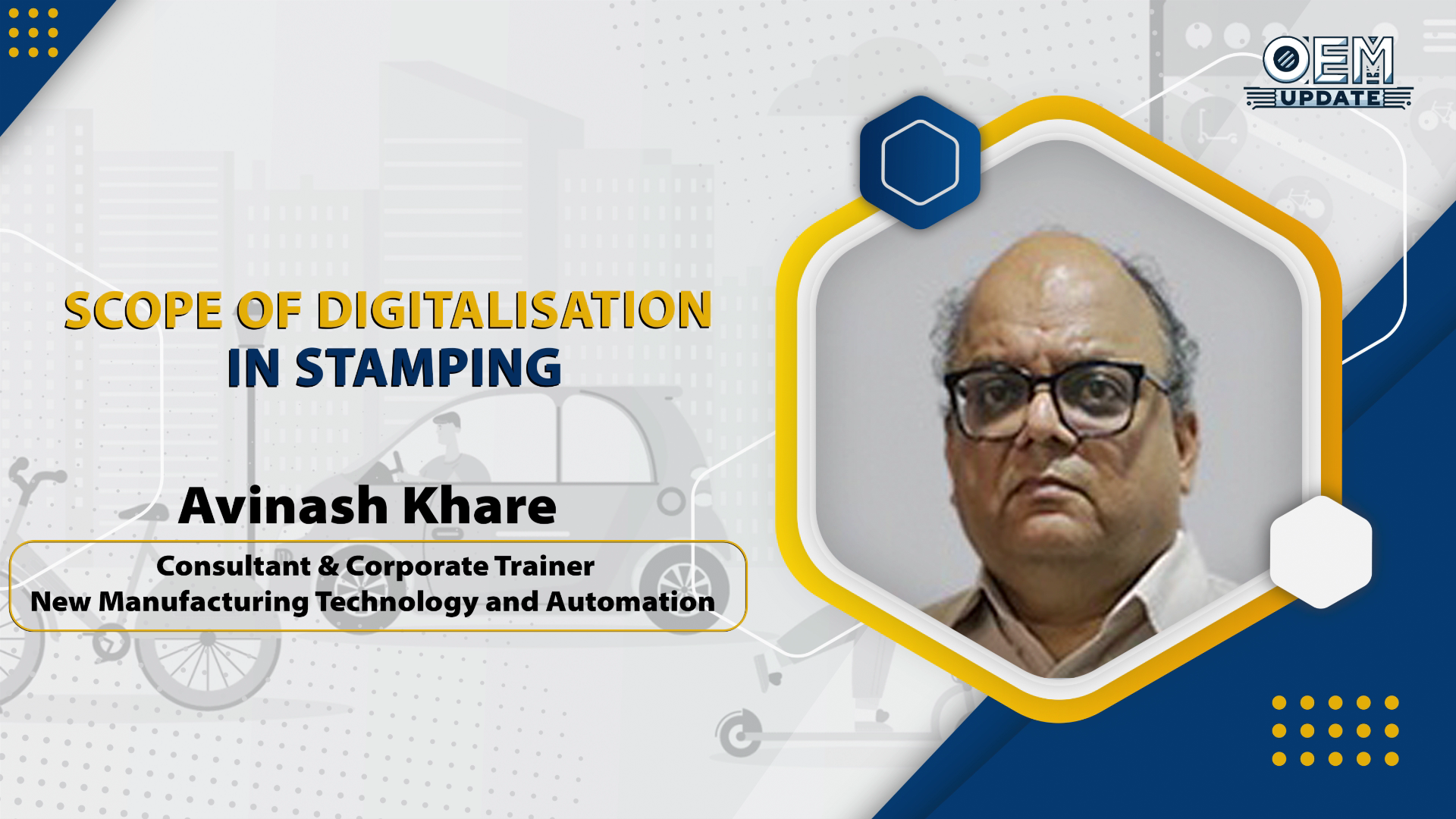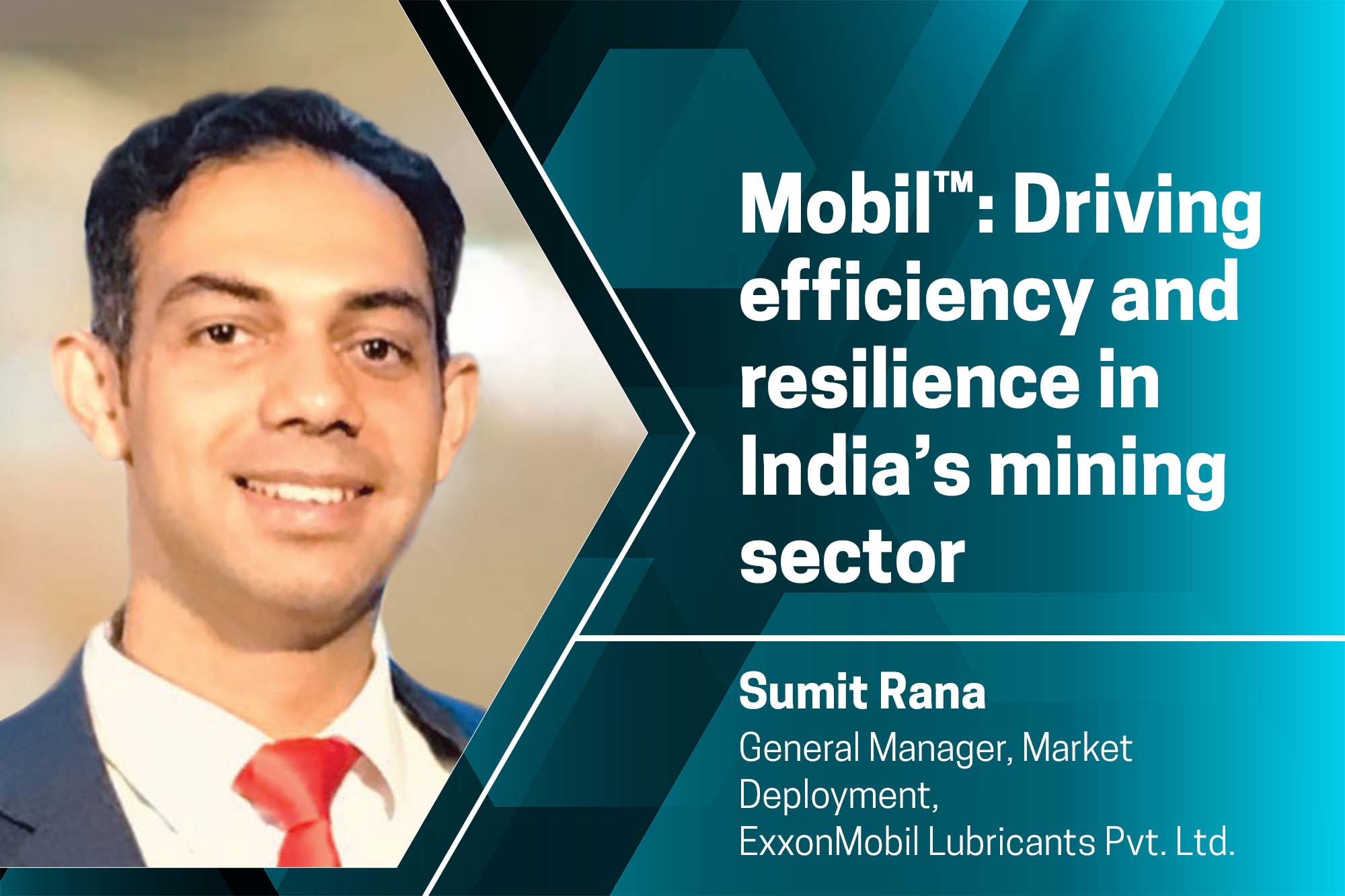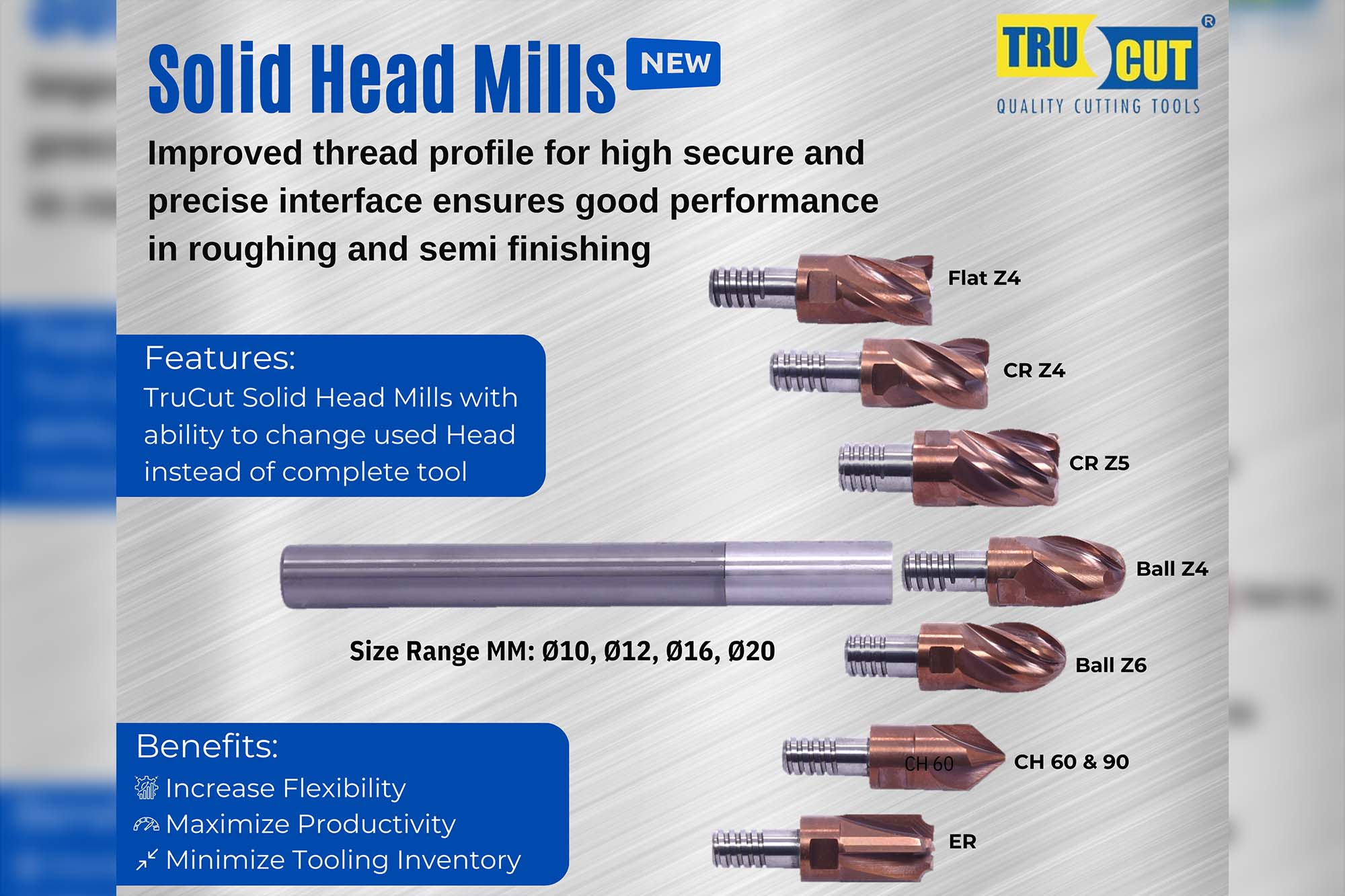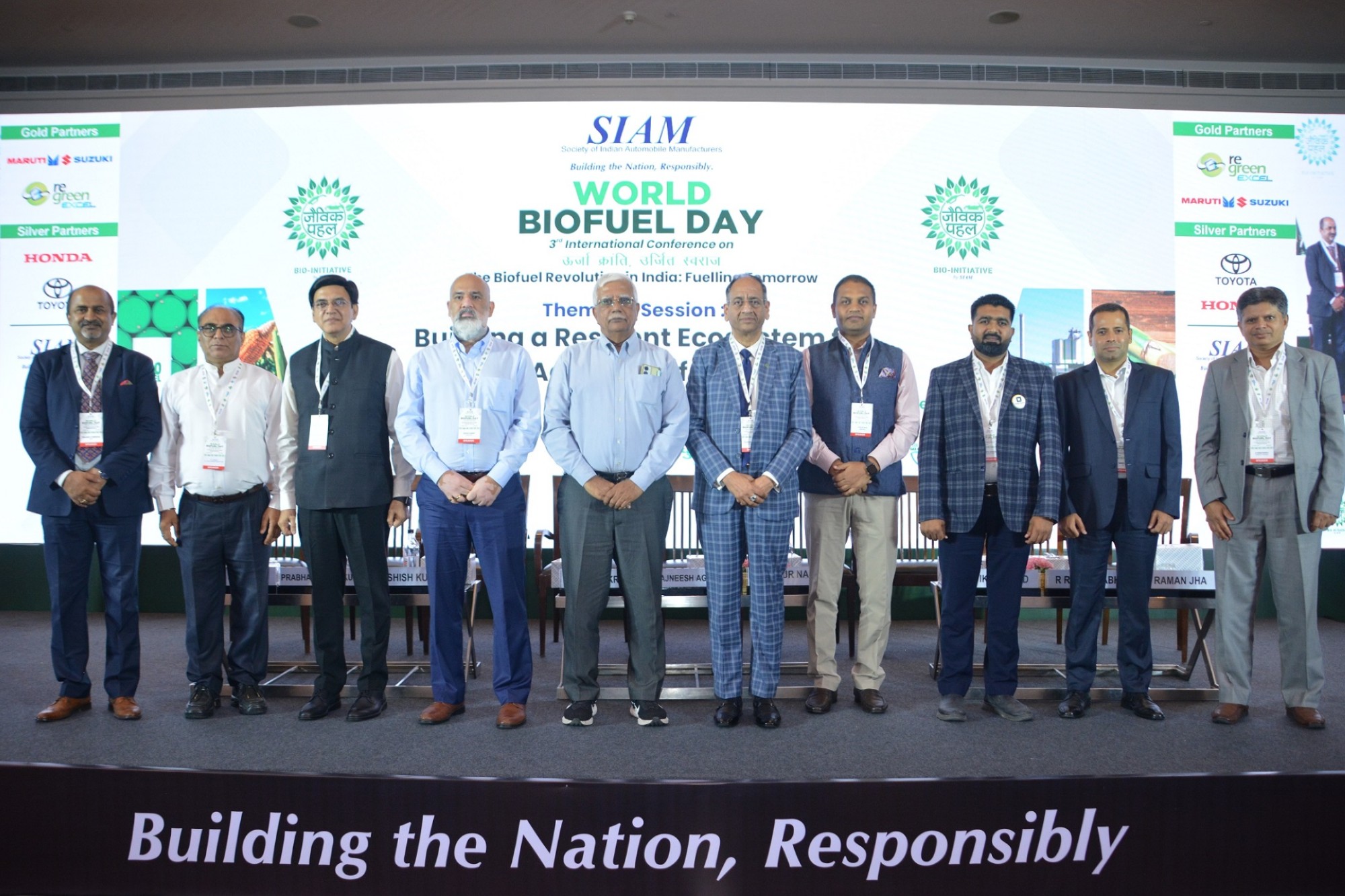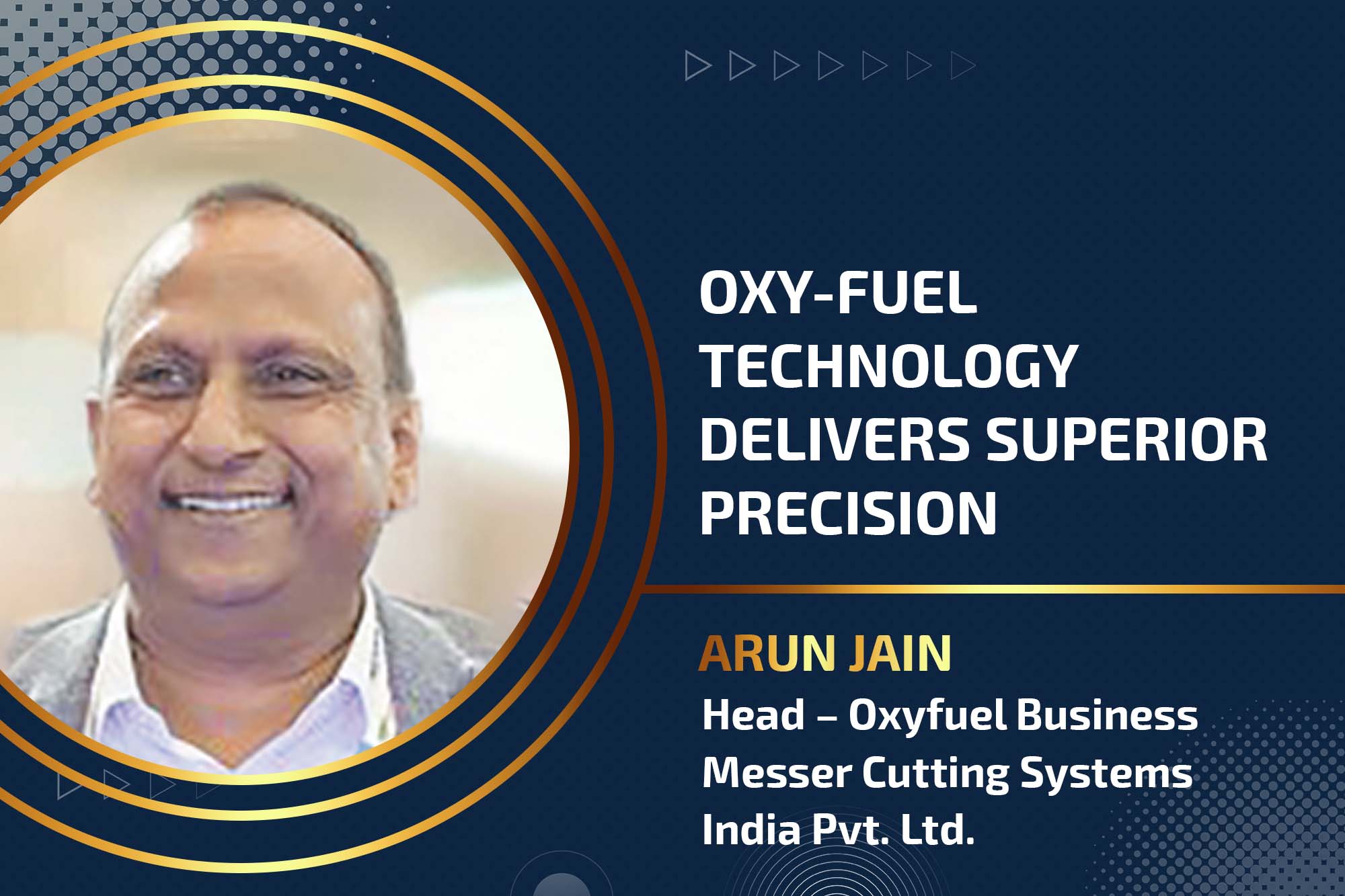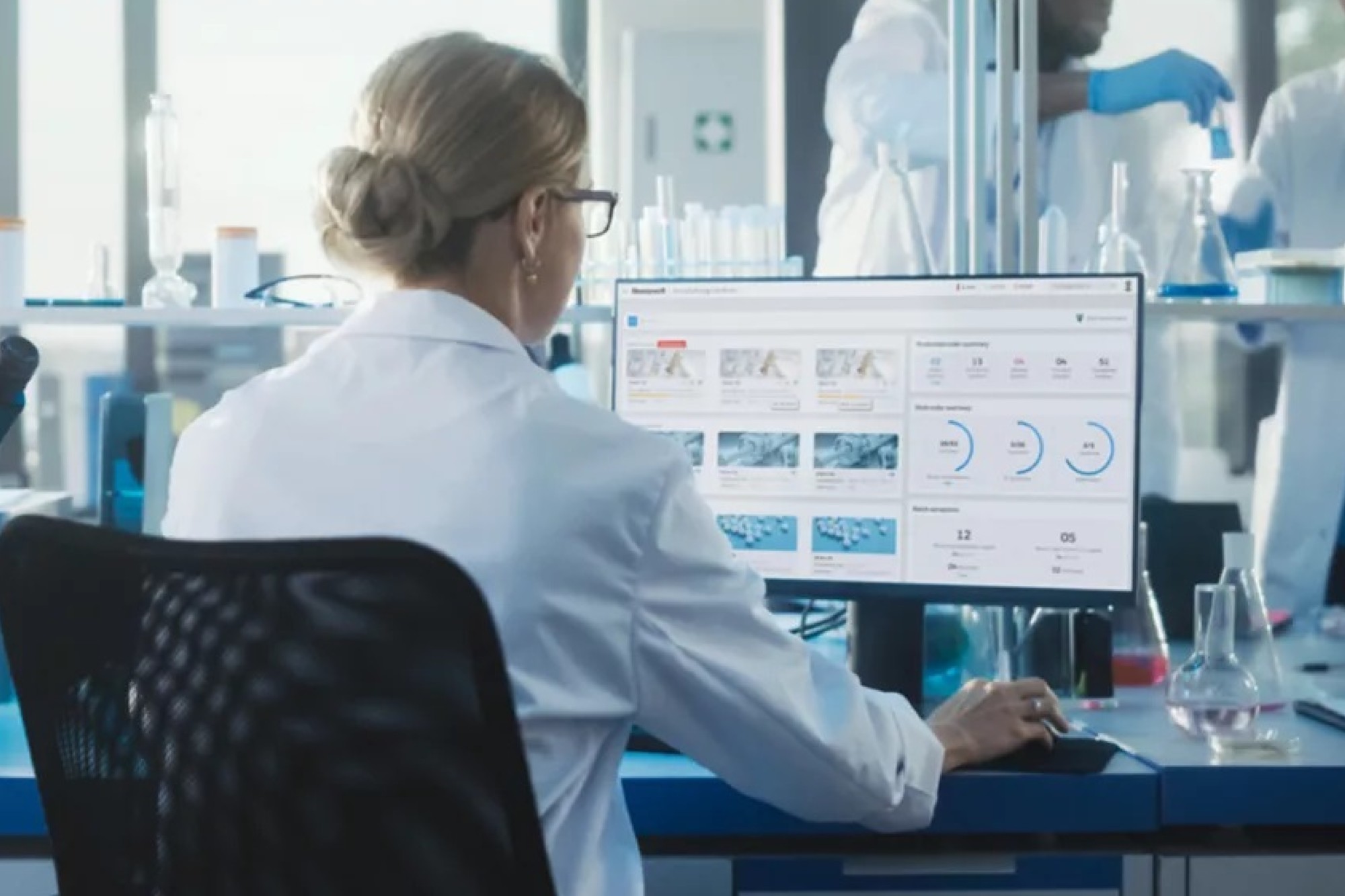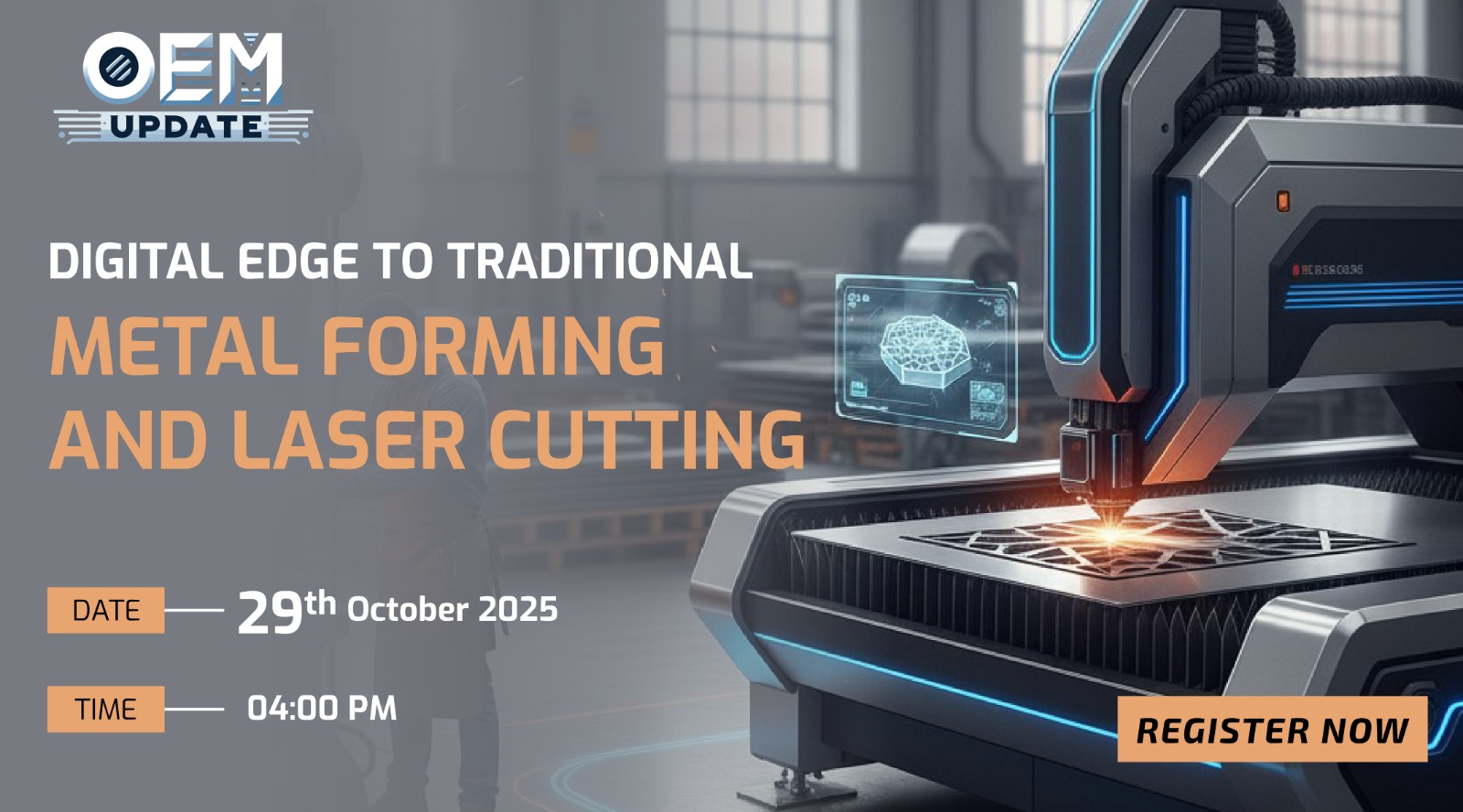Capacitive Deionisation: an introduction
By admin September 22, 2014 5:28 pm IST
Capacitive deionisation is a desalting technology used for removing dissolved ions from feed waters by enabling adsorption to oppositely charged carbon electrodes in presence of an applied potential difference
The past few decades have seen a significant growth in the efforts expended at developing low cost and energy efficient technologies for removal of dissolved salts from a variety of streams such as industrial waste water, brackish water as well as sea water. Prominently adopted ones among these technologies include reverse osmosis (RO), membrane distillation (MD), multi stage flash distillation (MSF), electro dialysis/reversal (ED/EDR), ion exchange media, and most recently, capacitive deionisation, forward osmosis (FO) and pressure retarded osmosis (PRO).
The applications facilitated by these technologies range from industrial use (cooling tower blow down recycle, boiler water feed, process water reuse, etc.), to brackish water desalination and more importantly sea water desalination. Among these technologies, RO and EDR have been widely adopted as efficient processes for brackish water desalination, even though the extent of applicability of these technologies to sea water desalination is limited by the operational challenges such as high energy consumption, chemical costs pertaining to membrane cleaning and replacement. In such a scenario, capacitive deionisation (CDI) offers an efficient alternative capable of achieving high salt removal efficiency at lower energy consumption and much higher recovery and yet without the conventional challenges such as membrane fouling/scaling, heavy chemical CIP requirements, and membrane replacement.
Technology overviewCapacitive deionisation is a desalting technology used for removing dissolved ions from feed waters by enabling adsorption to oppositely electrodes in presence of an applied potential difference. The adsorbed ions are then recovered in a highly concentrated stream by reversing the polarity of the electrodes in the subsequent regeneration step as shown in figure 2. The schematic of CDI cell operation is shown in figure 1.
Advantages of CDIEach of the conventional desalination technologies such as RO, ED, MSF, MEF, etc. suffer from several draw backs such as high energy consumption either due to high pressure requirements (RO) or high heat requirements (evaporation and distillation). In addition, RO suffers from high scaling potential that necessitates frequent CIP procedures leading to high operating costs. Extensive pre-treatment steps such as UF, anti-scalant dosage, etc. are also required to maintain sufficient quality of the RO feed so as to minimize scaling as well as membrane fouling that can otherwise lead to irreversible damage.
• >90 per cent recovery in a single pass (50-60 per cent for RO)• 1/3rd the operational expenditure compared to RO• Longer lifecycle of 10 years for electrode/membrane replacement (3 years for RO)• Minimal chemical cleaning requirements• High rejection rate of >95 per cent for all ions including heavy metals such as Fe, As and other hazardous contaminant such as Fluoride and Nitrate• Tunable rejection and recovery in the effluent eliminating the need for additional salt dosage for drinking water applications.
In conclusion, the CDI technology in its current state is already considered a low cost alternative to conventional technologies such as RO and EDR for salt removal from brackish water streams. Few challenges persist in extending the applicability of this technology into the realm beyond brackish water application and in to the high salinity industrial water as well as sea water desalination. Nevertheless, having realised the potential for this technology, researchers worldwide are aggressively pursuing the objectives of improving the electrode capacity and properties so that the technology becomes most attractive for high salinity water treatment for industrial, municipal and potable applications.
Authored by_ Dr Chakravarthy GudipatiHead of Technology, Fontus Water Pvt. Ltd., Earth Water Group
Cookie Consent
We use cookies to personalize your experience. By continuing to visit this website you agree to our Terms & Conditions, Privacy Policy and Cookie Policy.





